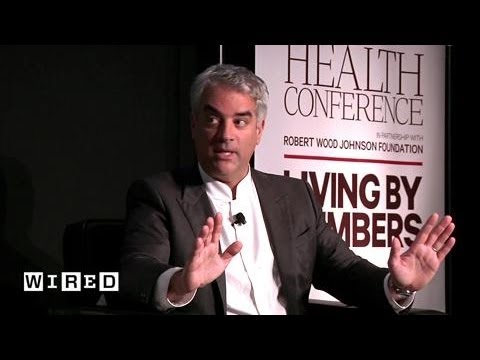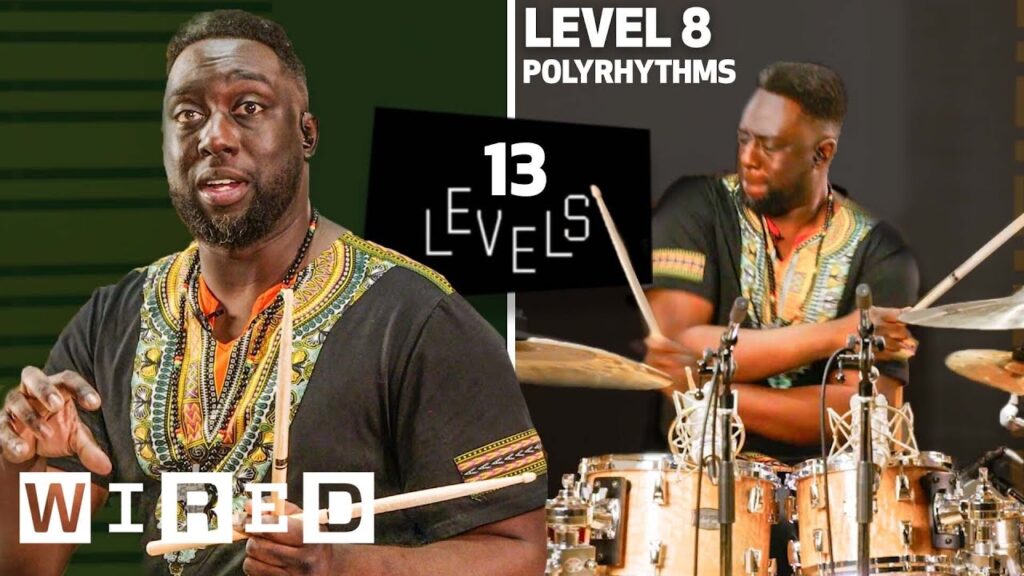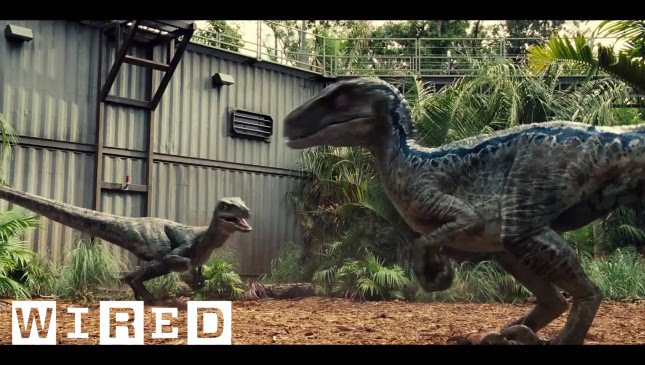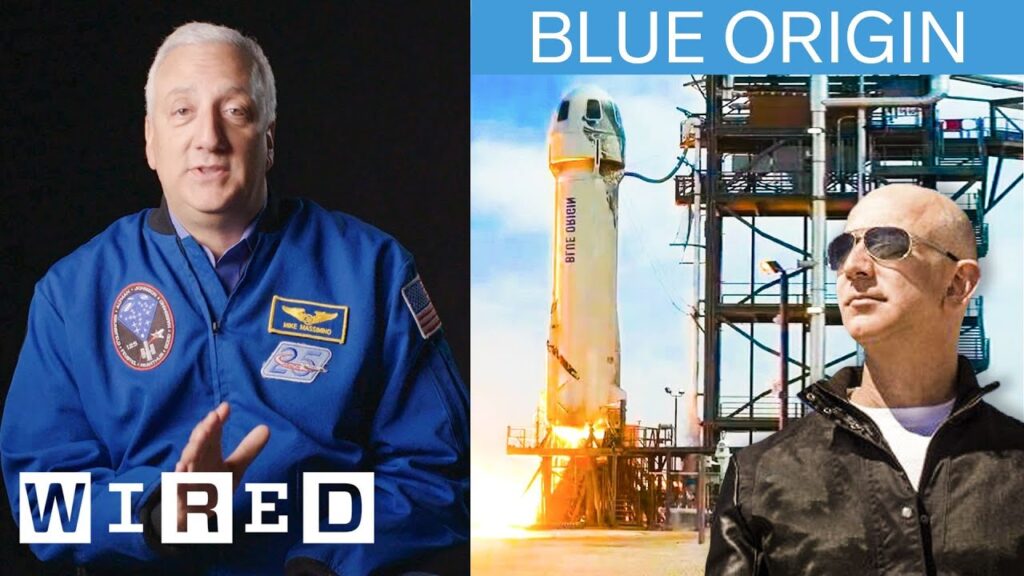Zero Waste: An Approach to Resource Conservation
Summary
In this article, we explore the concept of zero waste, which aims to eliminate burning, incineration, landfilling, and the discharge of waste into oceans or the atmosphere. We learn from waste expert Meredith Danberg-Ficcarell that everything has value, and we should aim to use resources repeatedly. Recycling is crucial to respect the value of resources, reduce the use of virgin materials, and move towards a circular economy. However, recycling can be confusing, and improving infrastructure and reducing travel distance can make recycling more accessible and affordable. The article also discusses composting, which is the controlled recycling of organic matter, using food scraps and yard waste mixed with air to create compost.
Table of Contents
- What is Zero Waste?
- The Importance of Recycling
- Understanding Recycling Codes
- Composting: Recycling Organic Matter
What is Zero Waste?
Meredith Danberg-Ficcarell, a waste expert, and garbage nerd explain that zero waste is an approach to resource conservation that aims to eliminate burning, incineration, landfilling, and the discharge of waste into oceans or the atmosphere. The concept of zero waste is based on the idea that everything has value, and we should aim to use resources repeatedly. The speaker emphasizes that burning waste in incineration facilities can release harmful toxins into the atmosphere and endanger people’s lives.
The Importance of Recycling
Recycling is essential to respect the value of resources, reduce the use of virgin materials, and move towards a circular economy. However, Meredith acknowledges that recycling can be confusing, and improving infrastructure and reducing travel distance can make recycling more accessible and affordable. The speaker explains the resin identification code found on plastics, which indicates the type of plastic and whether it can be recycled. They also mention that recycling programs vary by location and not all codes may be accepted. The speaker demonstrates materials literacy by identifying the materials of a glass jar and explaining how waste streams differ by location. They advise not to put food-soiled items in recycling and suggest taking small steps towards zero waste.
Understanding Recycling Codes
The resin identification code found on plastics indicates the type of plastic and whether it can be recycled. Recycling programs vary by location, and not all codes may be accepted. It is crucial to understand the codes to recycle effectively. The speaker demonstrates materials literacy by identifying the materials of a glass jar and explaining how waste streams differ by location.
Composting: Recycling Organic Matter
Composting is the controlled recycling of organic matter, using food scraps and yard waste mixed with air to create compost. The speaker explains the process of measuring temperature to ensure harmful pathogens are destroyed. They show samples of compost and explain that compost should have a consistency like a wrung-out sponge when it nears the end of the composting process. Composting is an effective way to reduce waste and create nutrient-rich soil for gardening.
Conclusion
In conclusion, zero waste is an approach to resource conservation that aims to eliminate burning, incineration, landfilling, and the discharge of waste into oceans or the atmosphere. Recycling is essential to respect the value of resources, reduce the use of virgin materials, and move towards a circular economy. Understanding recycling codes and composting are effective ways to reduce waste and create nutrient-rich soil for gardening. We should all take small steps towards zero waste to preserve our planet for future generations.







